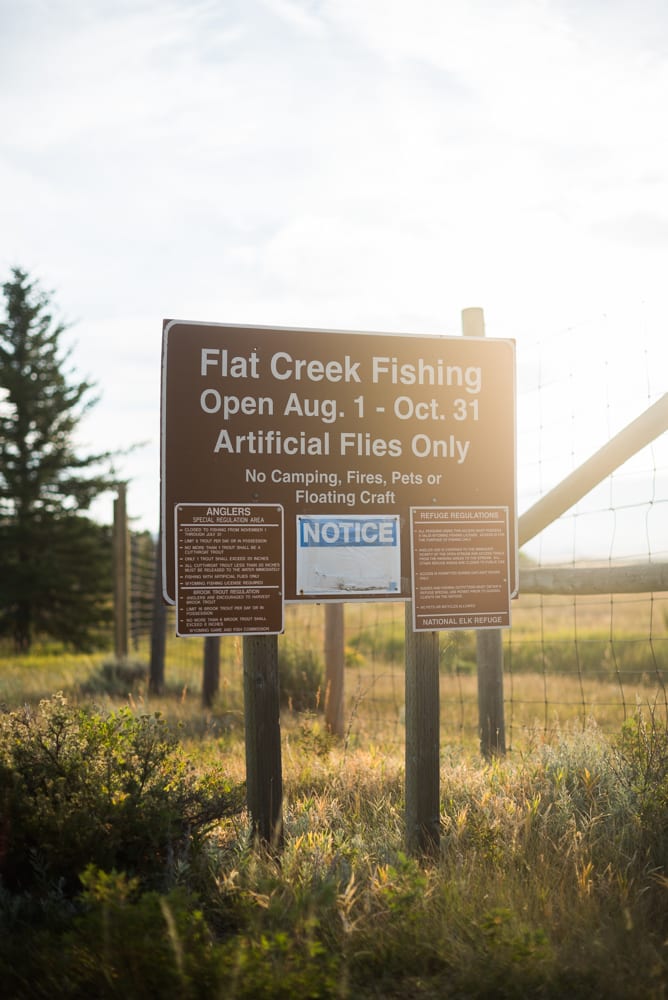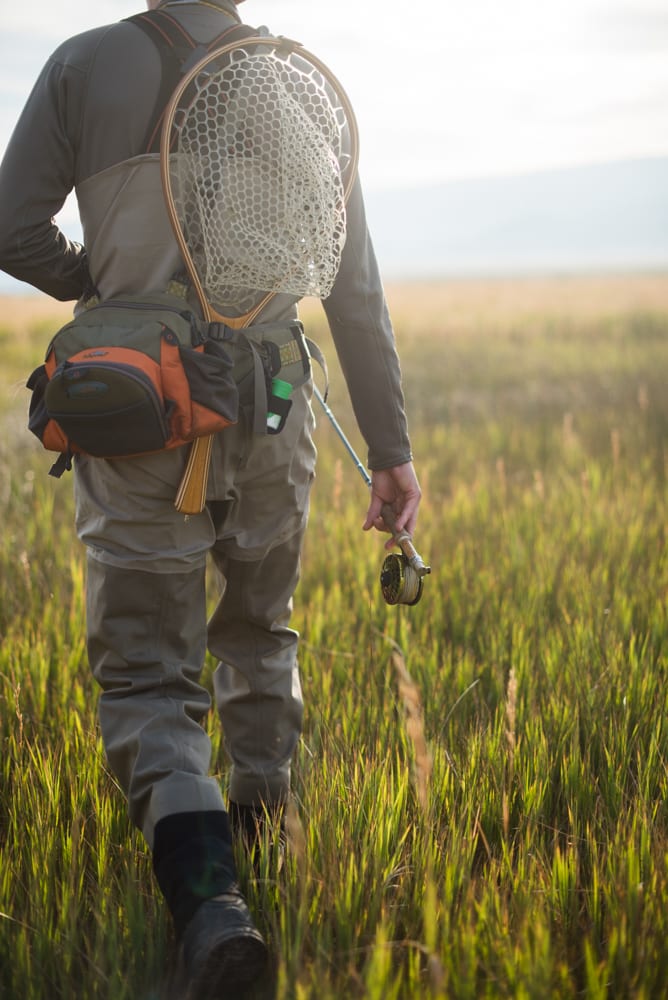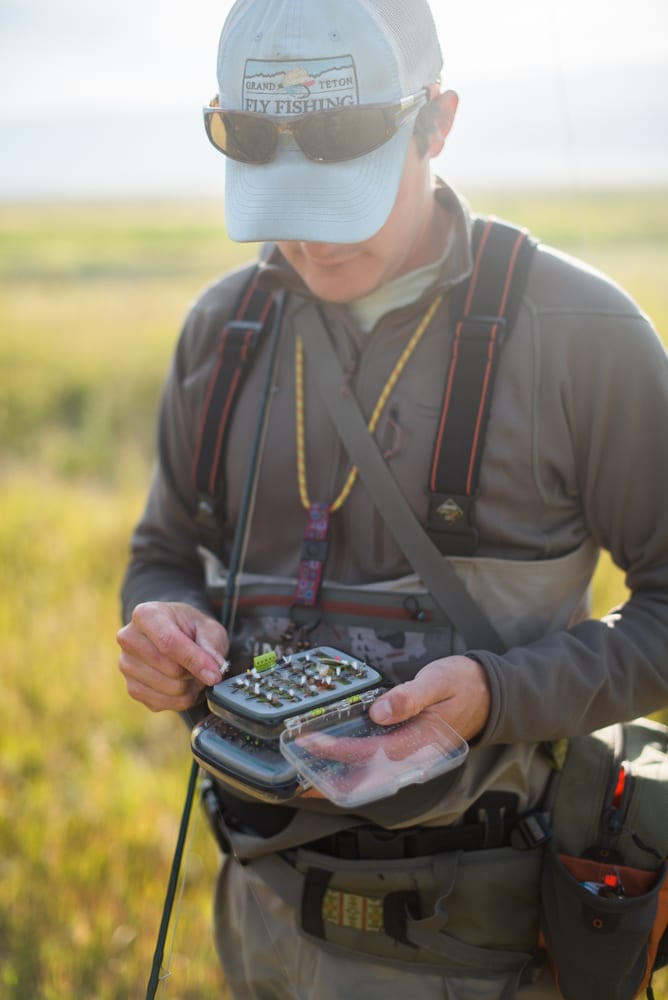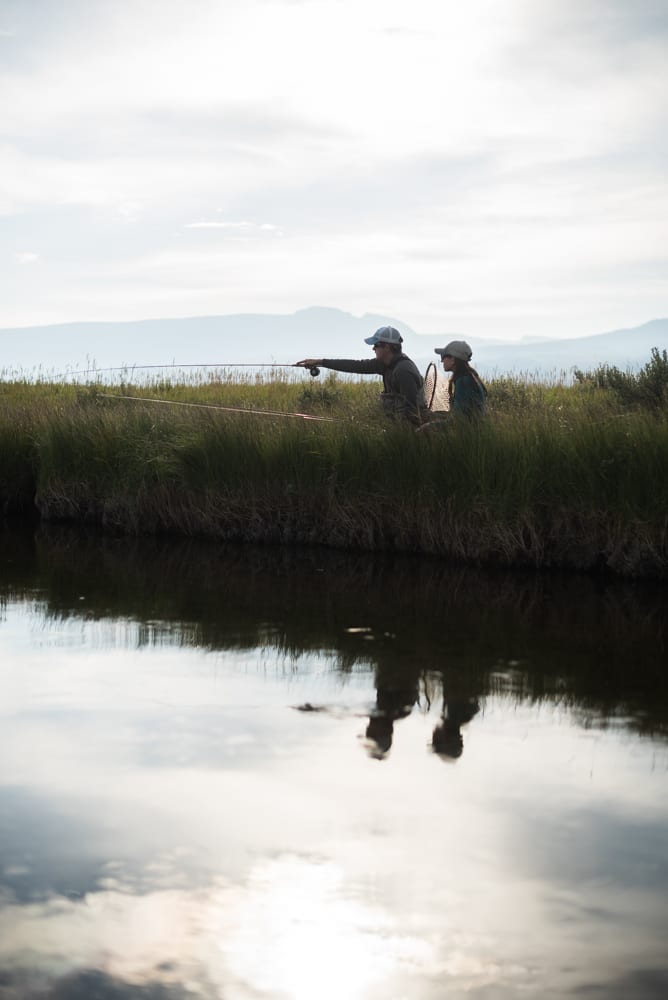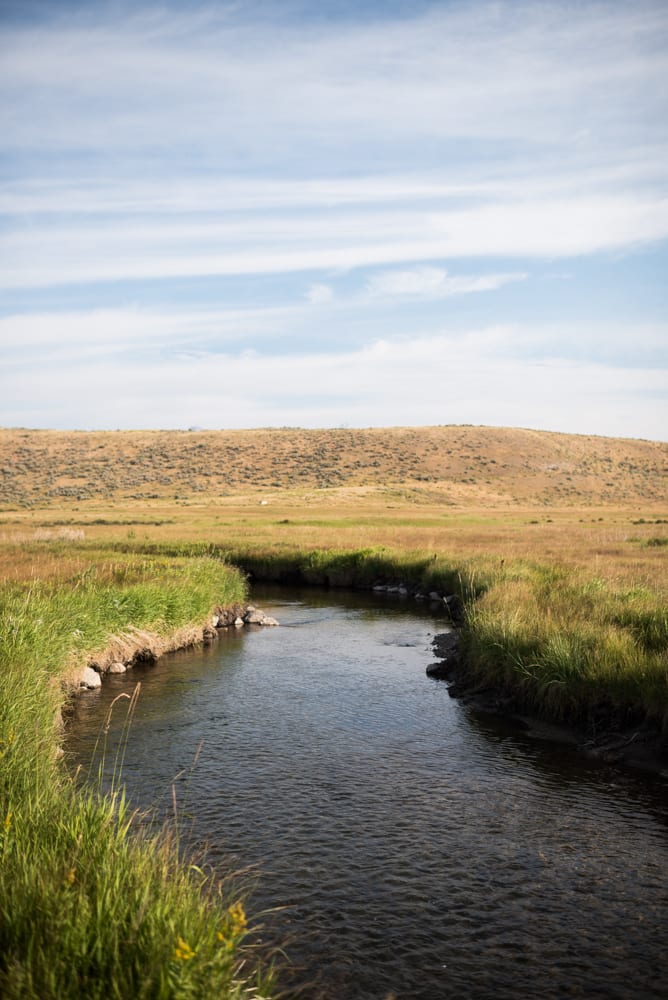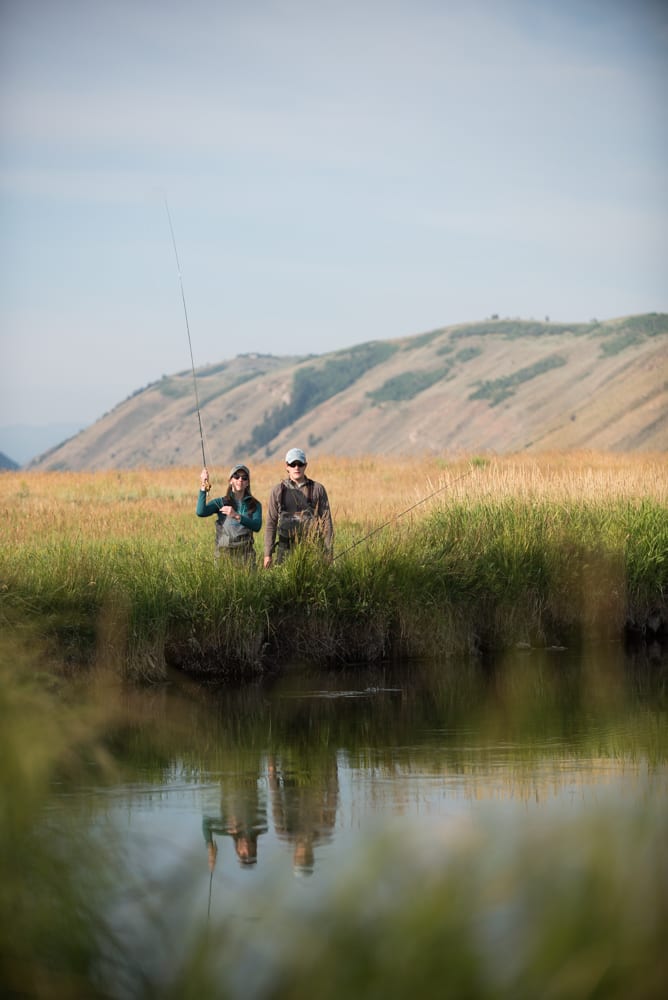As the first sun of August rises, the hulking shadows of the Sleeping Indian and Jackson Peak slowly recede across the waving grasses of the National Elk Refuge. This first light, so often a time of quiet, reserved for the last watchful glares of owls and scurries of tiny field mouse feet, is today busy with fresh anticipation. Experienced hands deftly slide delicate fly rods out of soft casing, and assemble the familiar pieces in the emerging light. Minuscule knots secure line to leader, tapering leader to tippet, and hair-fine tippet to fly.
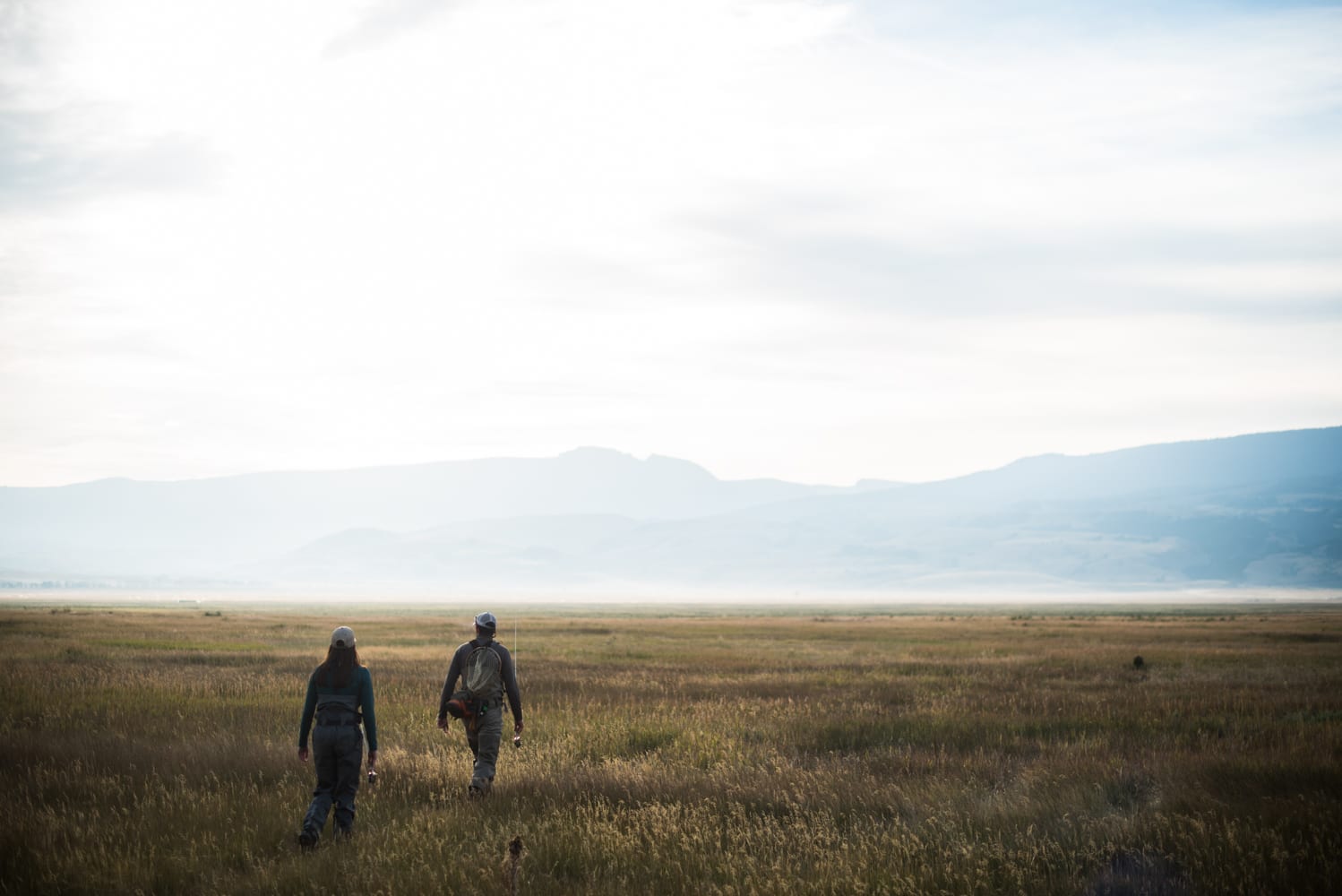
Each year, anglers crawl out of bed in the darkness to greet opening day on Flat Creek at first light. A truly unique fishery, this internationally celebrated blue-ribbon trout stream is literally in Jackson Hole’s backyard. For the vast majority of the year, the expansive National Elk Refuge through which the creek tarries is off-limits to human exploration. Horse-drawn sleighs traverse a small portion in the winter, introducing visitors to the continent’s largest wild elk herd, but guests stay comfortably nestled in their seats. The brief fishing season is one of the only opportunities to spend time in this remarkable slice of landscape in any kind of solitude.
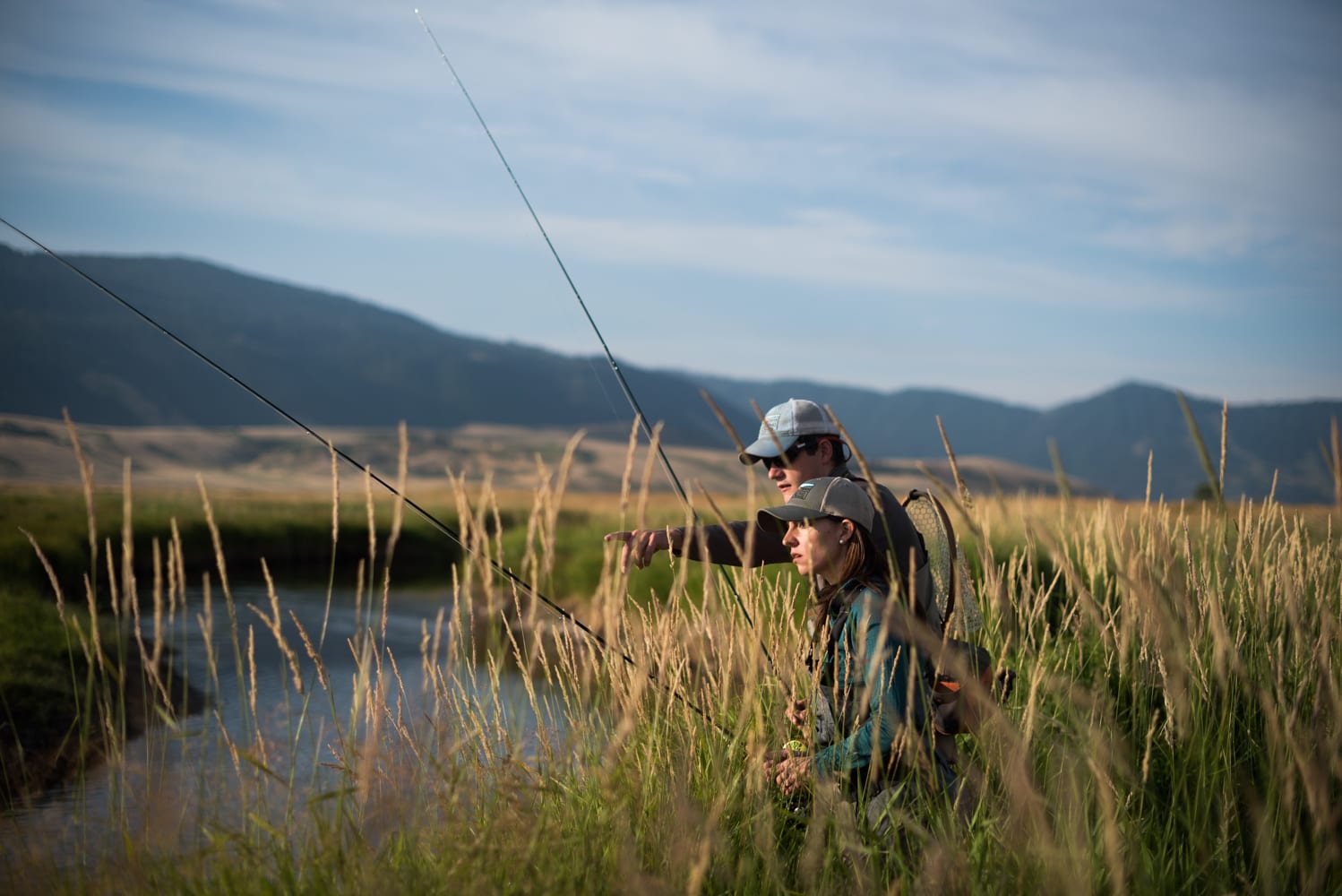
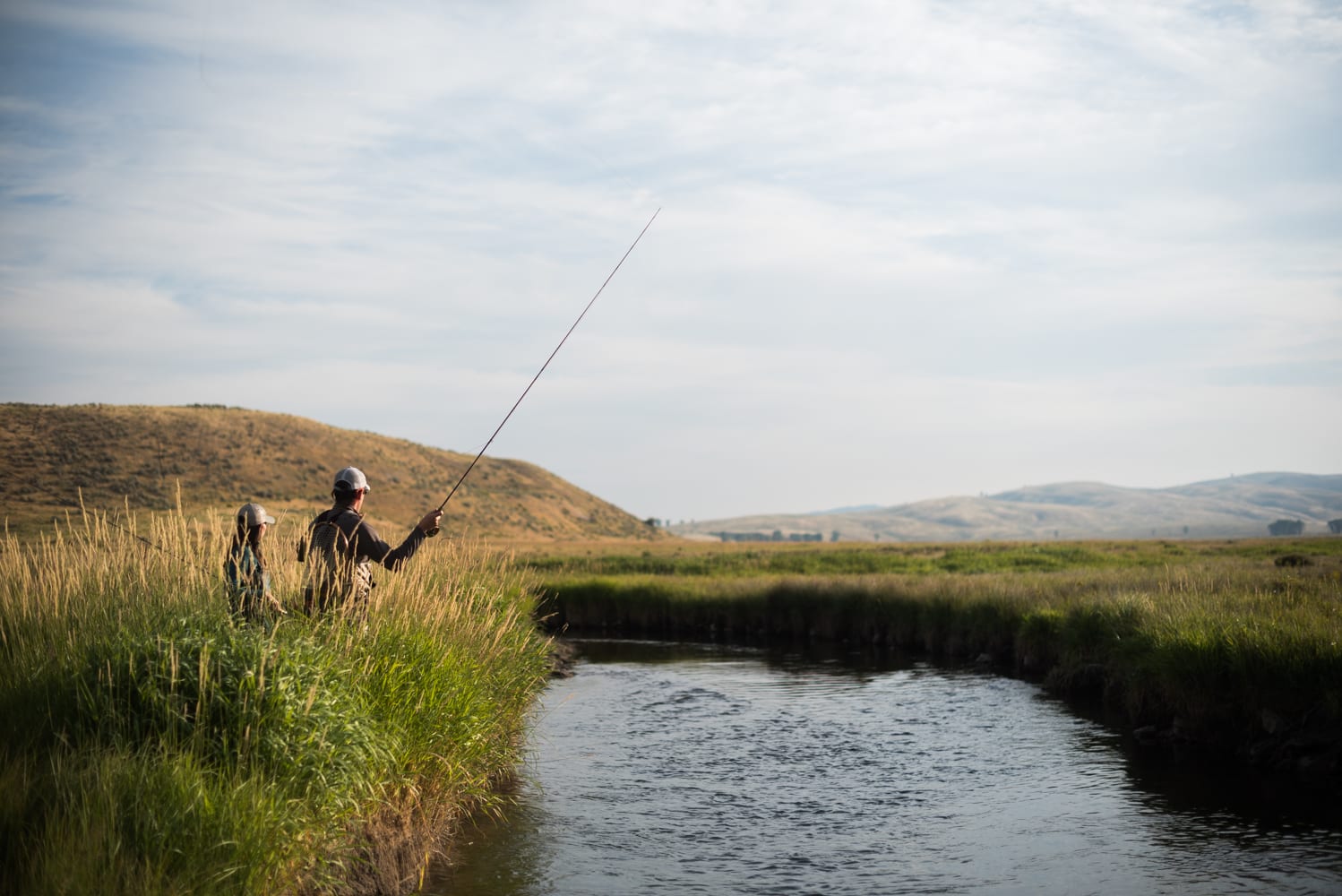
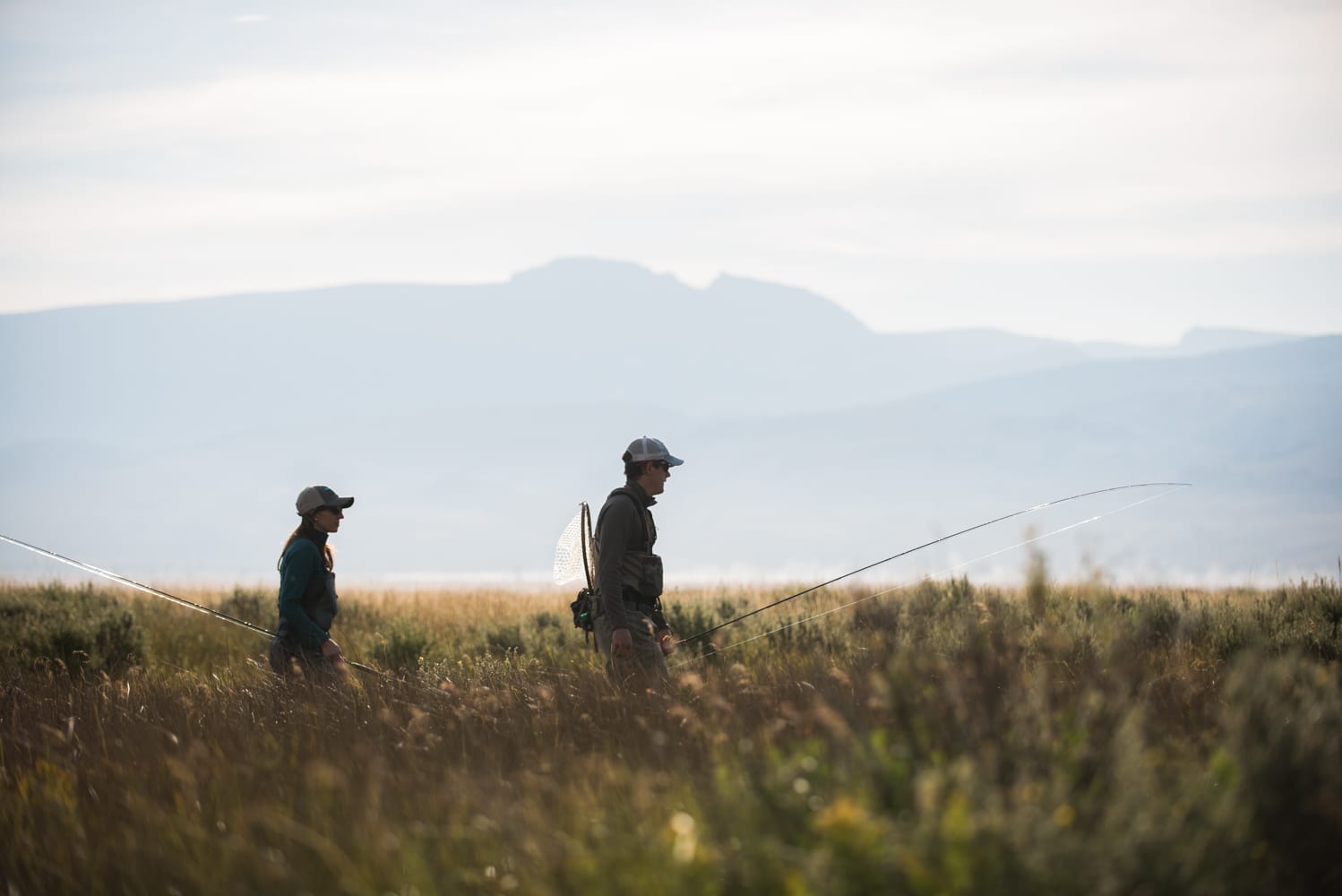
With access points a ten-minute drive or bike ride outside of town, Flat Creek is one of the simplest spots to visit for a brief pre- or post-work fishing excursion. Don’t let the size fool you; though the creek isn’t large – significantly smaller than the nearby Snake River – its crystal clear waters are home to some of the valley’s burliest cutthroat trout.
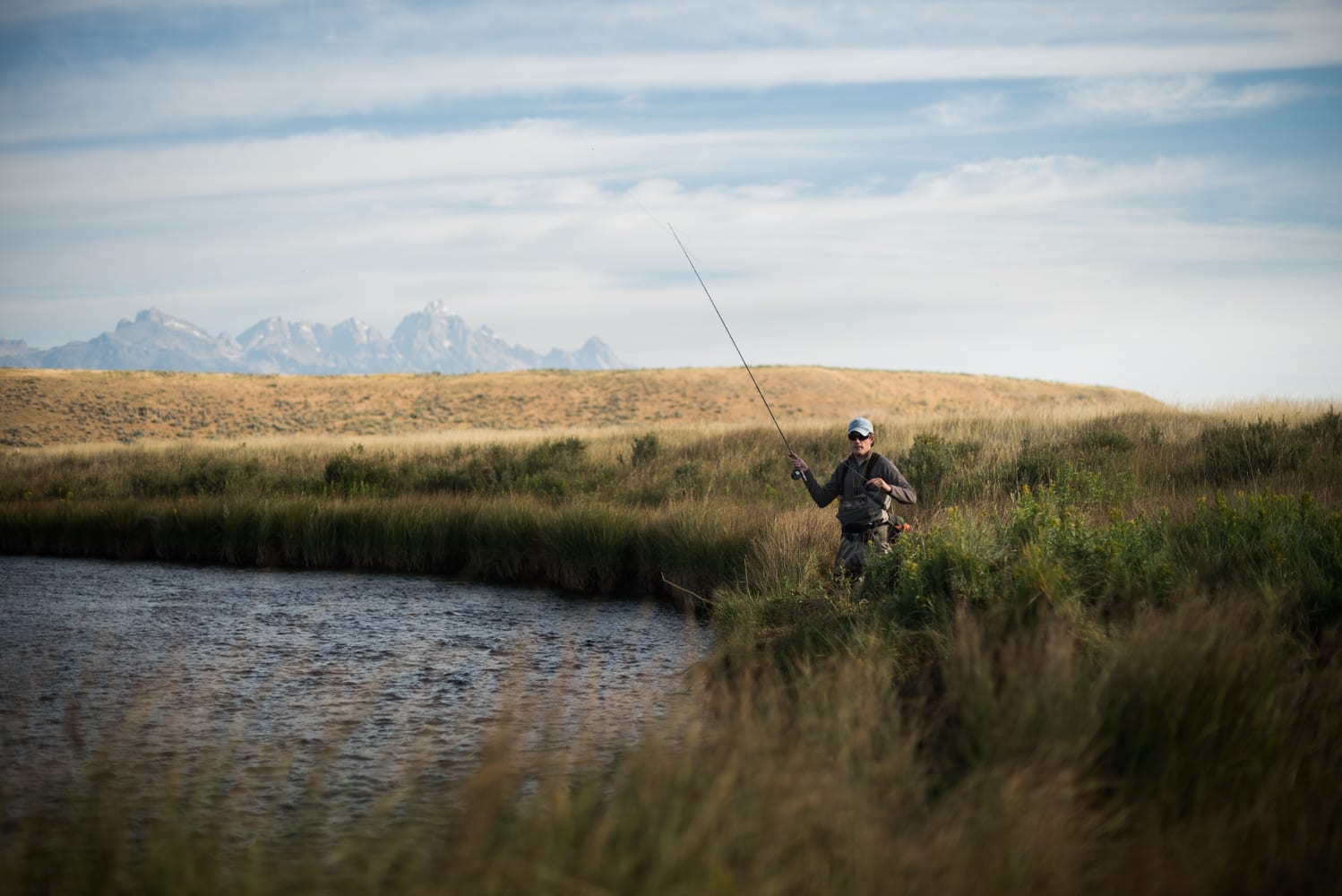
Just because Flat Creek is easy to get to doesn’t mean it’s easy to fish. In fact, it ranks among the area’s most technical fisheries, and many anglers have spent picturesque hours casting away, only to trudge back to their trucks without having landed a single trout. A variety of factors come together to make this waterway a challenge, but among the most significant is the fish themselves. Lying unperturbed by anything besides passing coyotes, elk or osprey, the cutthroat trout of Flat Creek are notoriously easy to spook. A heavy footfall, an accidental splash or slip from a rock is enough to scatter a honeyhole’s inhabitants. And once frightened, it is difficult to coax them back into eating.
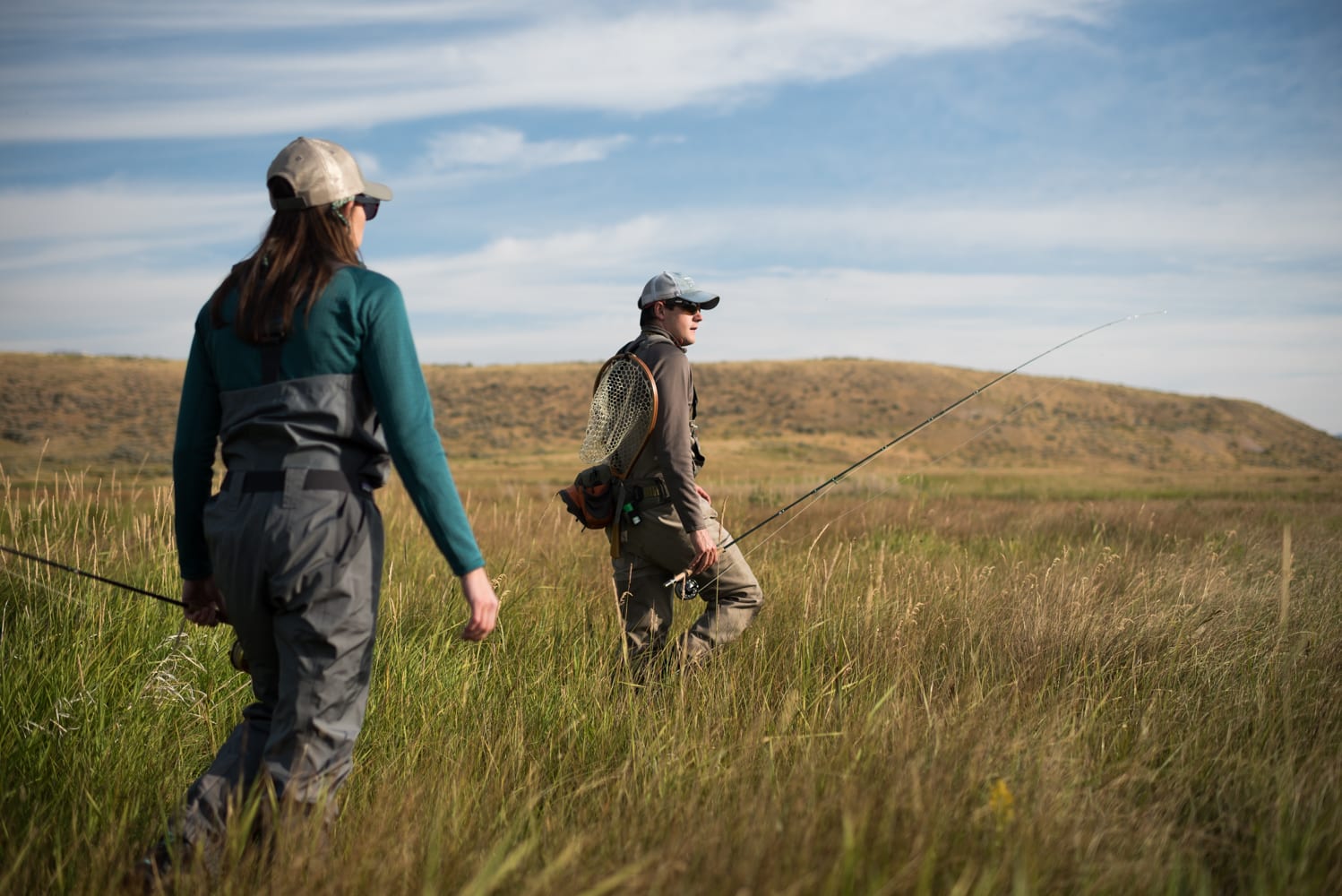
The expansive meadow surrounding the creek is no walk in the park for an angler, either. With virtually no trees or shrubs for camouflage, an angler must always be painfully cognizant of where the sun is tossing her shadow. Sweeping darkness across a riffle can be enough to strike panic into the fish below the surface, and send them darting for the safe cover of the overhanging banks. This lack of vegetative structure also means there is nothing to slow the wind that occasionally sweeps through the valley. Strong gusts can make it next to impossible to unfurl a picture-perfect cast to a highly suspicious fish.
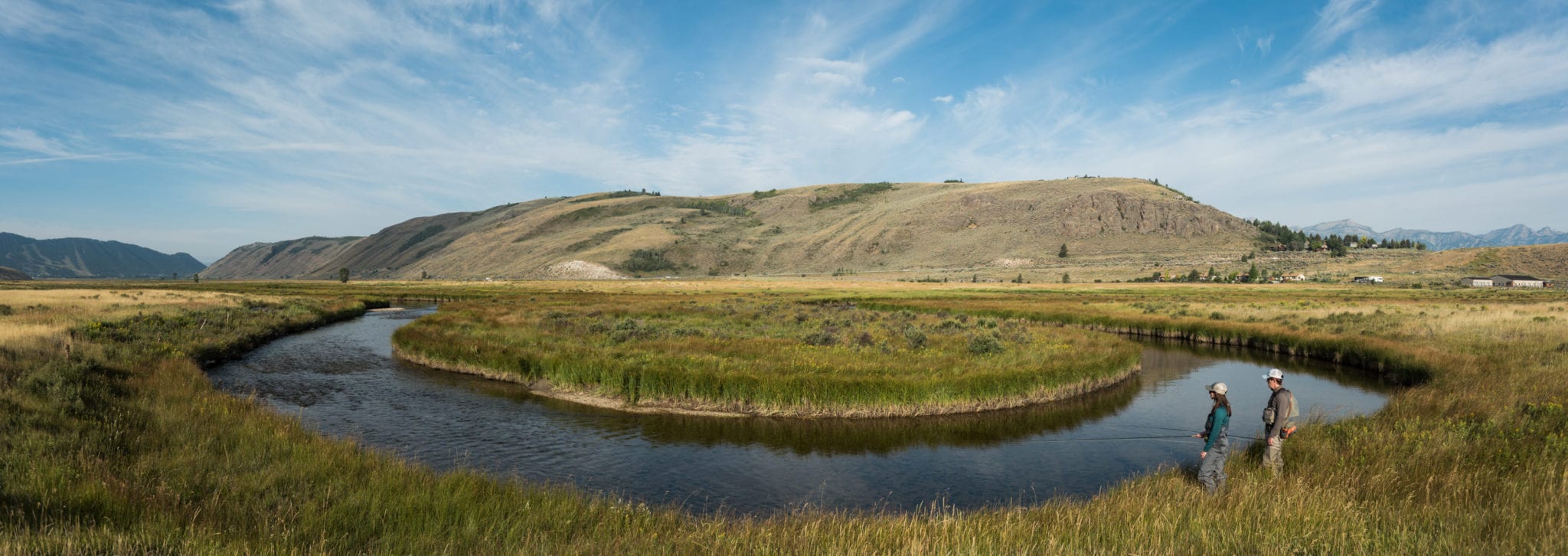
The effort required to catch a trout on Flat Creek can be staggering, but the payoff is unforgettable. As a teen, I passed many after-school September hours stalking these fish, and many times headed for the dinner table in utter defeat. But even now, as I look back, the tough nature of the stream makes those moments of victory even sweeter. There’s no question that facing the challenges of Flat Creek made me a better angler. So, whether you’ve been casting size 24 midges into gin-clear spring creeks for decades, or you’re still fine-tuning your roll cast basics, make sure that Flat Creek makes it onto your list this summer or fall. You may be rewarded with a truly memorable catch. You might learn a thing or two.
And I can promise you one thing: you won’t hate the view.
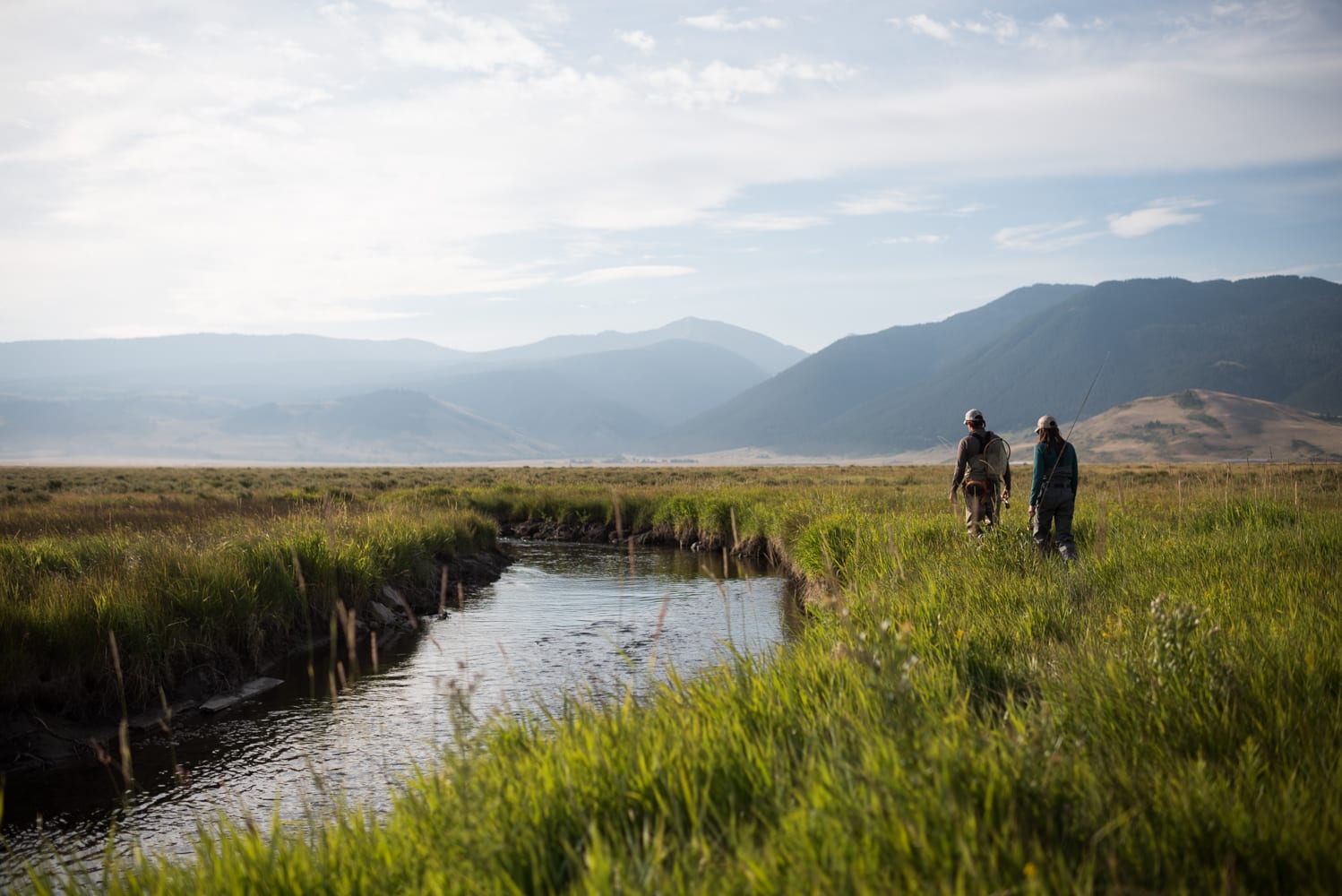
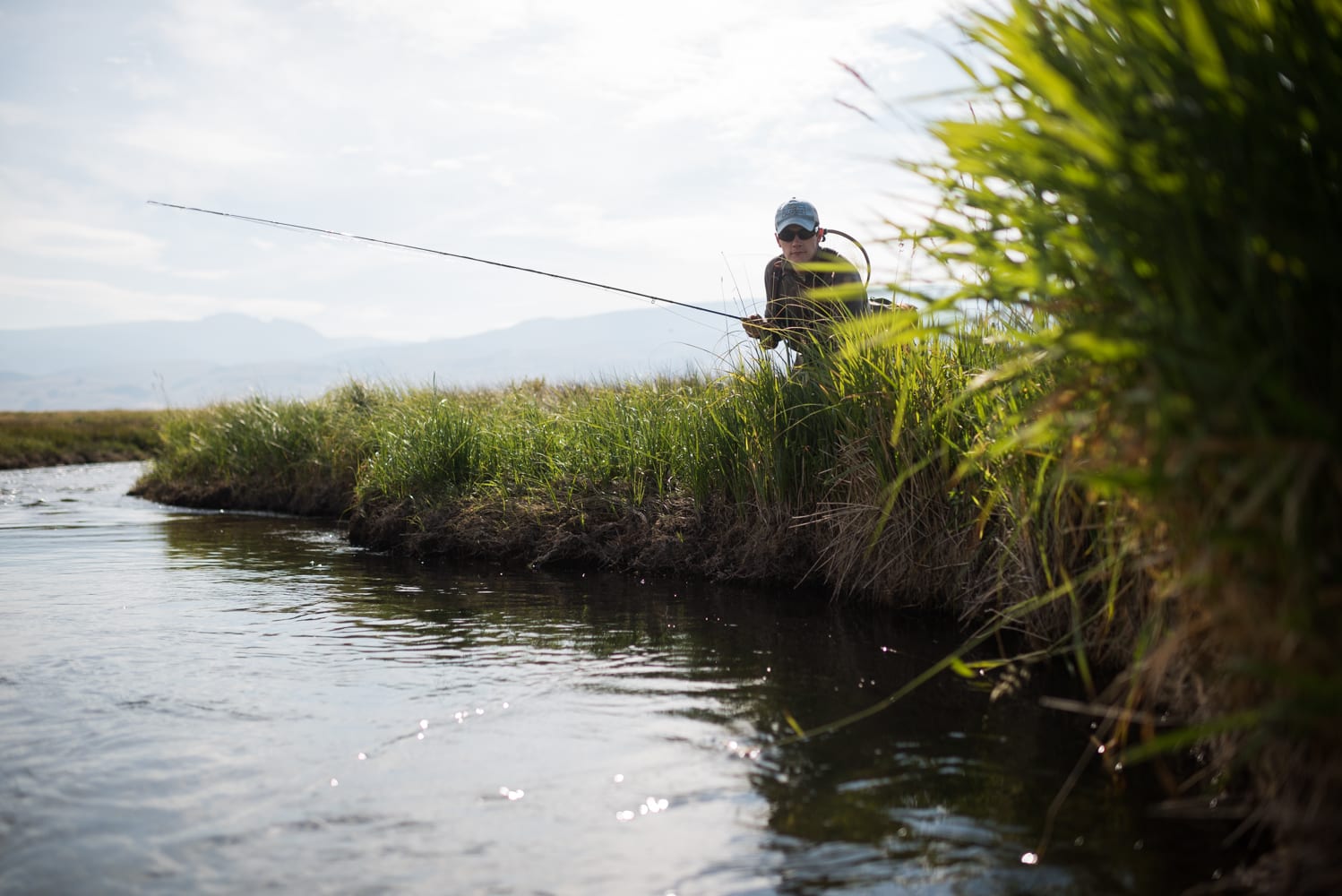
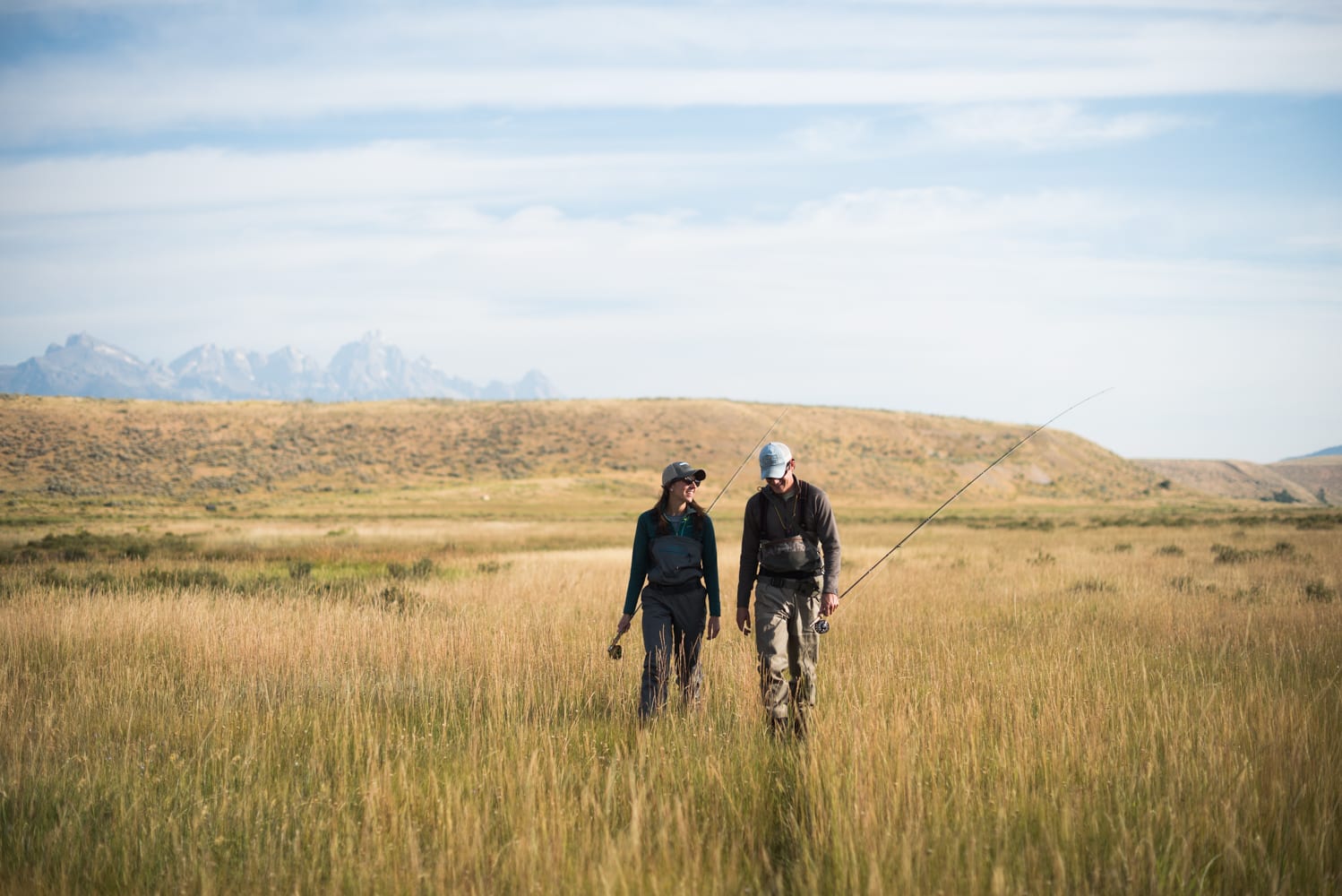

Images © Taylor Glenn
